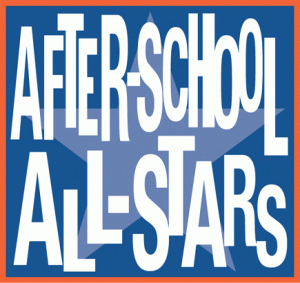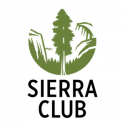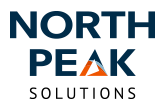
Using Collaborative CRM platforms, National organizations are empowering networks of nonprofits to increase performance and improve collaboration at all levels.
In this installment of our series on Collaborative CRMs (CCRMs), we’re exploring another model: the single Salesforce solution, where all users in an organization share one Salesforce database. This can be a powerful approach, and on its face, seems simpler than having individual organizations in separate Salesforce accounts. However, governance, security, and process management mean these solutions can quickly become complicated. In the first post on this topic, we’ll explore what organizations are best suited for this model and the benefits they stand to gain. Our next post will cover challenges and governance recommendations.
See our first article in this series for a refresher on what Collaborative CRMs are and our second article in this series for information on how and why organizations leverage multiple Salesforce instances to build their CCRMs.

After-School All-Stars (ASAS) has a hybrid organizational structure, where some affiliates are wholly owned by the National Office and others are independent 501c3s. As the organization entered a phase of high growth to expand their impact, it realized an opportunity to scale best practices throughout its national network to create a “one-organization culture.” Their single Salesforce solution has been integral to this strategy, offering a solution to align Development efforts, operational processes, and revenue reporting across the network. Today, 13 of 19 ASAS chapters are on a shared Salesforce.

The Sierra Club has long known how critical it is for staff at all levels to have ready access to constituent information. The national nonprofit has shared a single CRM since the 1970s. Today, their 63 chapters (all of which operate under a single 501c4) use Salesforce to manage constituent, program, and financial data. Over the years, they’ve increased their reach and impact in part due to increased data transparency and collaborative constituent management. Dave Simon, Director of IT, says this followed a larger, philosophical shift at the grassroots organization: Sierra Club recognized an opportunity to align its data sharing and systems with its long-standing focus on grassroots empowerment. This meant empowering staff and volunteers with information. Says Dave, “We needed to walk the talk–this is who we say we are, let’s behave that way.”
Benefits
Collaborative CRMs built on a single Salesforce instance can support these wins:
Economies of scale
Since configuration is shared across the network, affiliates are not responsible for making fundamental architectural decisions at the local level. Rather, a well-managed instance relies on a central office and/or committee, responsible for soliciting and incorporating feedback on these decisions from all impacted affiliates and leading implementation. Similarly, ongoing system maintenance and enhancement is centralized, which ensures a consistent experience for all users and helps mitigate cost.
Increased efficiency and collaboration
Sharing a single CRM ensures all users share language and processes, enabling collaboration and efficiency.
As Adrianna Ely, Director of Development Operations for ASAS, says, “without [a common CRM] there would be less occasion for us to collaborate.” For example, the organization is able to monitor fundraising progress in real time for chapters using the CRM. This enables National and chapters to identify opportunities to expand relationships or otherwise support each others’ efforts, as well as ensure the network is on track to reach end-of-year fundraising goals. The National Office is able to identify and address potential revenue shortfalls early and forecast expenses in the context of up-to-date revenue data.
Increased trust and transparency
With network-wide data gathered in a central place, all users have access to data relevant to them in real-time. Easy roll-up reporting supports summary insights for localities, regions, and globally. Adrianna shared that chapter visibility into National Office data was a pathway to building trust: the more access they gave to National data, the more credibility they had to promote CRM transparency across the network of chapters.
At Sierra Club, regardless of organizational unit or location, there is little information that’s not universally shared among users with shared functions and roles. Says Dave, the organization errs on the side of “more participatory, more inclusive” security policies, which are formed with direct input from impacted business areas.
This approach doesn’t just strengthen nonprofits internally, it ensures that constituents are effectively managed. When all staff can see the full scope of a constituent’s engagement with your organization, they can work together to strategically manage that relationship and maximize its impact for the constituent and your entire organization.
Lower barriers to user adoption
Promoting and enforcing use of the system can be easier than it might be with a multiple-instance CCRM. With ready access to user activity and data quality, CRM managers and leadership can quickly identify and address issues in these areas. Additionally, with consistent configuration and process design, training, documentation, and ongoing support are more easily scaled.
Thanks for reading! In the next installment of this series, we’ll talk with the Sierra Club and ASAS about the challenges that come with sharing one Salesforce across many offices, and tips for good governance that can help combat these challenges.
To connect with a group of nonprofits and Salesforce implementation partners on all things Collaborative CRM, join the mailing list and get invites to live conversations and access to resources.
If you’re considering launching or optimizing a CCRM and looking for guidance, reach out to our team.

About North Peak
North Peak helps nonprofits and foundations increase institutional intelligence through healthy CRM (constituent relationship management) and/or GMS (grant management system) systems and practices. Contact Us to learn how we can elevate your organization's impact.
